| Home Products Services About Us Contact Us |
ISE Military Applications |
International Submarine Engineering has been directly involved in defense contracts for the last thirty-nine years. Equipment for use by various navies has been designed, manufactured, tested and successfully supplied to these organizations. The Canadian Navy, the United States Navy, the French Navy, the Japanese Defense Force and the Australian Navy plus several others have purchased both off-the-shelf vehicles and vehicles specifically designed to meet a defense mission requirement.
|
||||||||
|
REMOTELY OPERATED VEHICLES |
|||||||
|
TROV N is a 40HP 1000 meter diving depth Torpedo Recovery vehicle built for the US Navy. An upgrade to the system included manipulators, torpedo clamps, and deburial equipment. The vehicle has been used on both the US and Canadian torpedo ranges on the Pacific Coast.
TROV has also been used for accident investigation, torpedo recovery and salvage. |
|||||||
|
TRAILBLAZER 25HP was built for the Canadian Navy to perform a mine countermeasures role. It has performed operations for the US Navy, the US Coast Guard, and the Canadian Navy. The primary delivery vessel for TrailBlazer is the Kingston Class MCDV. For more detailed information on the TrailBlazer ROV you can download the TrailBlazer SYNOPSIS here: |
|||||||
|
TRAILBLAZER 30HP was used in the USA, UK, Norway, Denmark, Oman, Australia, Brazil, and Canada. Midwater and bottom mines were inspected and recovered. |
|||||||
| TYPICAL MCM OPERATIONS | ||||||||
|
||||||||
|
||||||||
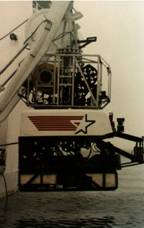 |
SPAWARS CRS is a Hysub 150HP vehicle used for cable retrieval and burial have a 2000 meter diving depth. Two CRS ROV's were used by the US Military Sea Lift Command to maintain and repair underwater cables. Customers for these vehicles include the US Navy. |
|||||||
|
DSIS (Deep Seabed Intervention System) is an advanced Hysub 40HP ROV. It has an A-frame, cage, and winch system. This vehicle was sold to Canada's Department of Defence. DSIS was used for general inspection and salvage work. It has also been used for human remain and hardware recovery at the Swiss Air 9II crash site off Peggy's Cove in 1998. |
|||||||
AUTONOMOUS UNDERWATER VEHICLES |
||||||||
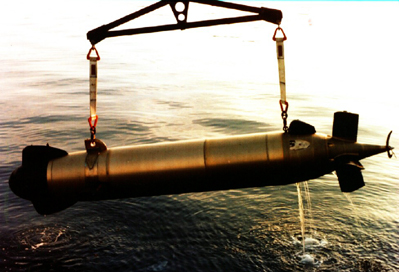 |
ARCS is ISER's first AUV and the first obstacle avoidance vehicle in the world. Since 1983 it has been used for the development and demonstration of AUV technologies. This has included development of mission controllers, navigation systems, variable ballast and trimming concepts and advanced power sources. ARCS has autonomous control, waypoint processing, and OAS navigation and guidance capability. Over 800 dives have been conducted. Recently a 60kWh aluminum oxygen fuel cell was successfully tested on a 35 hour run. Users of ARCS vehicle systems include Canada's DND, John Hopkins APL, Rockwell Int’l and Fuel Cell Technologies. ARCS is available for commercial or military projects. |
|||||||
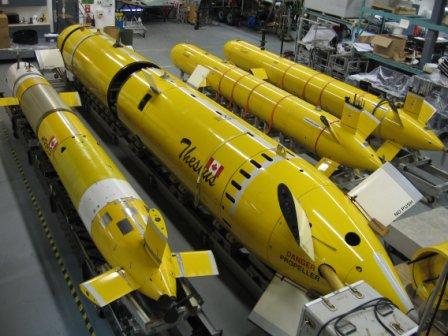 |
ARCTIC EXPLORER / ARCS / THESEUS - a family of mission defined AUVs. ARCTIC EXPLORER: L = 4.5 - 6.0m; HD = 0.69m - 0.74m; Range = 120 - 450km; Diving Depth = 5000m max. ARCS: L = 6.4m; HD = 68.6cm; Range = 36 - 72km; Diving Depth = 304.8m; Displacement = 1360.8kg. THESEUS: L = 10.7m; HD = 1.27m; Range = .780km; Diving Depth = 1000m; Displacement = 8600kg with 220km cable. |
|||||||
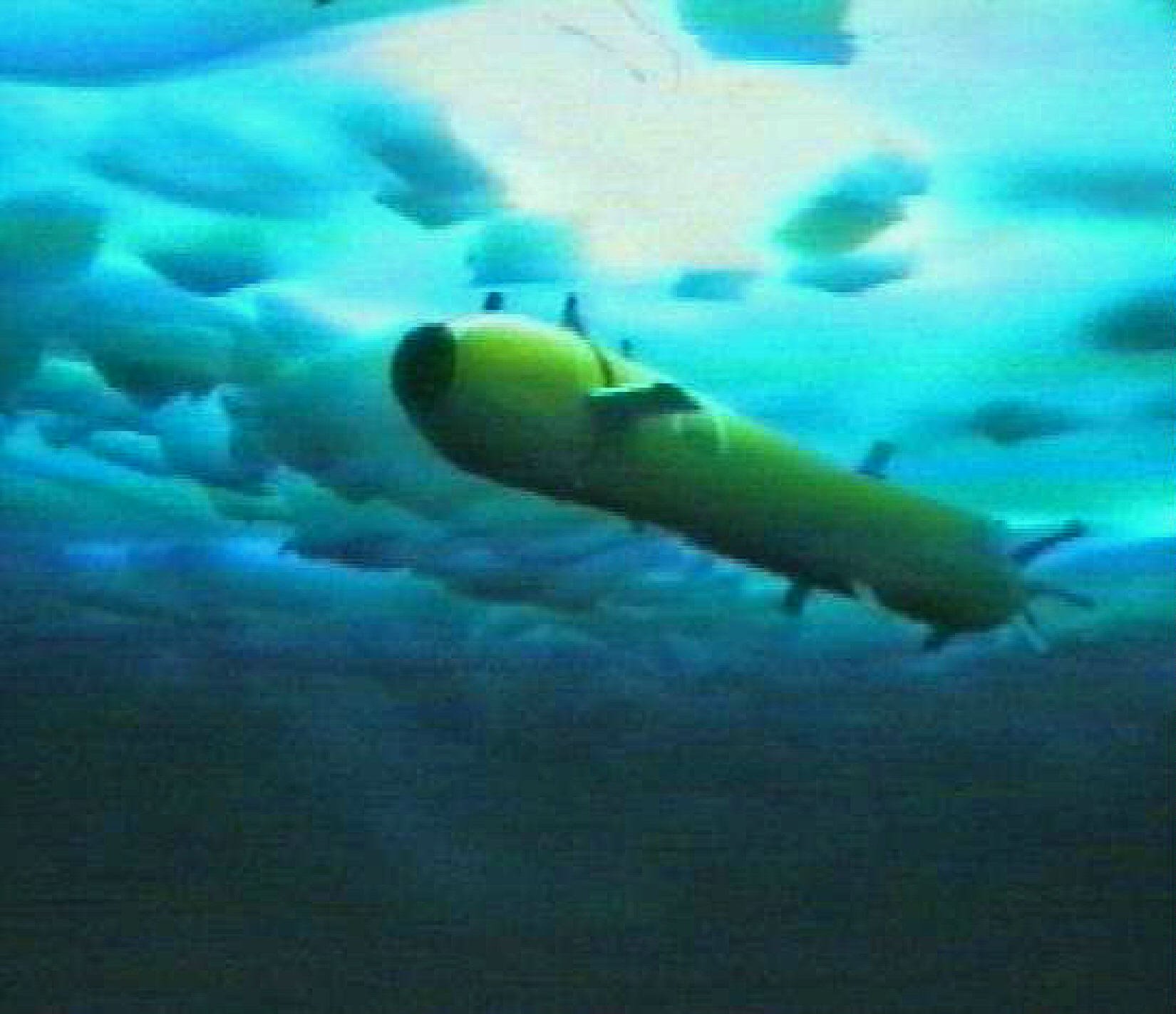 |
THESEUS can traverse under the ice to ranges of 850 kilometers at 2.5 knots. It has a payload of 1 ton. It has been used to lay a continuous length of fiber optic cable 175km long under the Arctic ice. The speed of cable laying was 3 knots. Theseus has the ability to plan and replan paths, and to avoid obstacles. THESEUS is stationed at ISER on behalf of the Defence Research Establishment (Atlantic) DRDC. It is available for commercial projects, R&D, or military. Other applications include covert operations, package delivery, survey and reconnaissance. |
|||||||
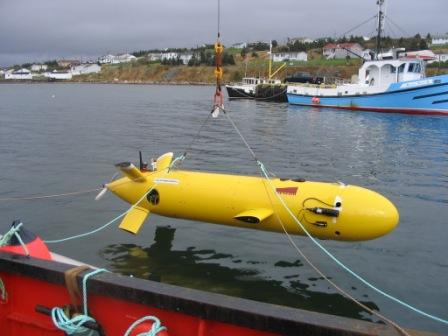 |
EXPLORER was built and delivered to Memorial University in St John's, NF. The vehicle is based on ISE's innovative aluminum hull design and has a 3000 meter depth rating. Both the free flooding and dry sections of the hull are modular and can be increased as necessary to accommodate more equipment. The power is supplied with up to 10 E-One Moli lithium-ion battery modules and is fitted to accept a wide variety of payload and sensors. Communications with the vehicle is through radio via the vehicle's mast on the surface and by acoustic modem while submerged. Subsequent Explorers were built for USM, USA; IFREMER, France; Bremen University, Germany. |
|||||||
ARCTIC EXPLORER were deployed in the central High Arctic to map the ocean seabed and to gather data to help claim more Arctic territory under an International Treaty. The AUVs are being operated in collaboration with Defense Research and Development Canada. Downloading of data and charging was accomplished with a wet stab in.
|
||||||||
SEMI-SUBMERSIBLES AND ACTIVE TOWED BODIES |
||||||||
DOLPHIN is a diesel powered semi-submersible AUV originally developed for offshore survey and mine countermeasures. During the First Gulf War (Desert Storm) the US Navy acquired two off-the-shelf ISE Dolphins for MCM research and the development of a remote minehunting system. Under a DARPA contract single beam Klein sidescan sonars were integrated in the vehicles and demonstrations were provided to the Navy. |
||||||||
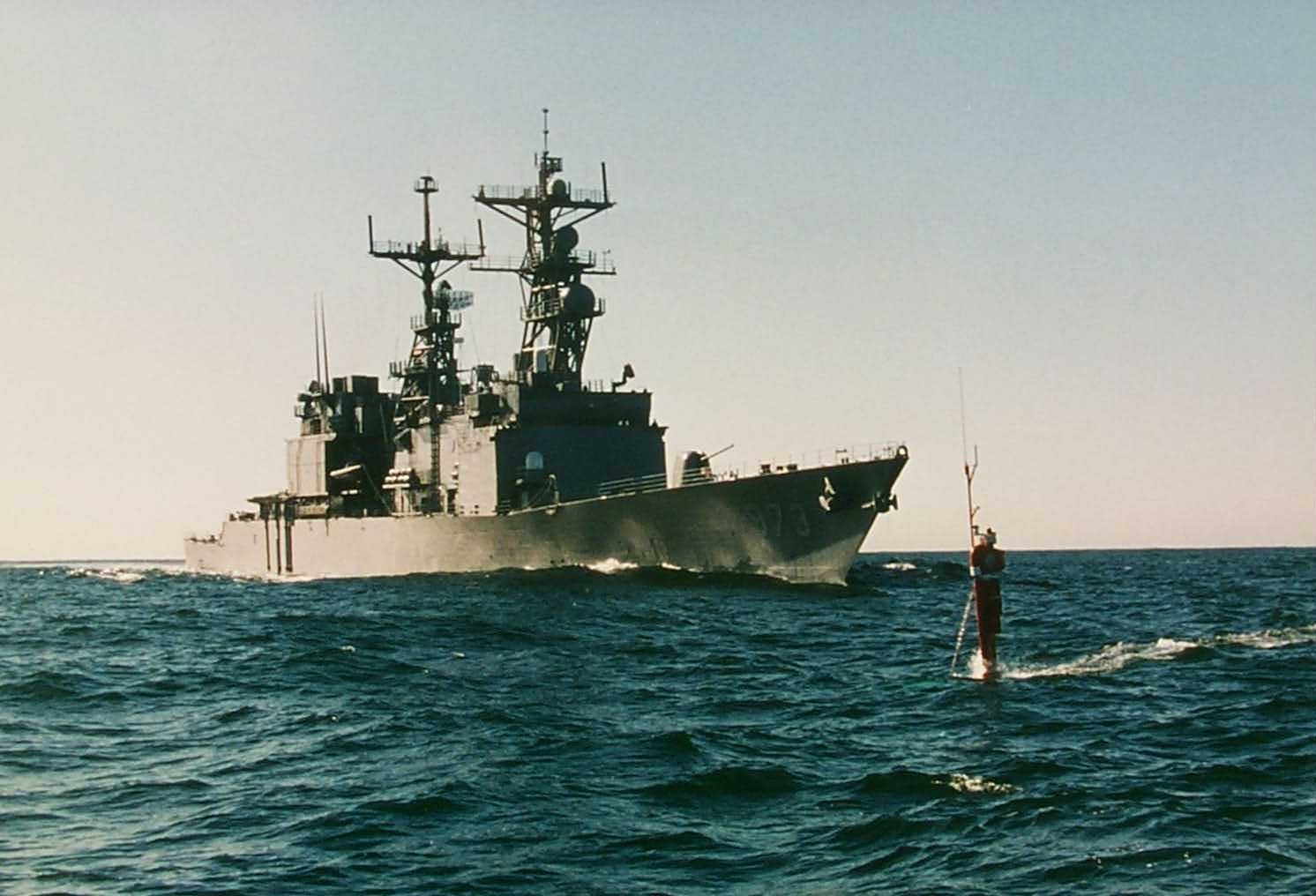 |
DOLPHIN and USS JOHN YOUNG (DD-973) conducted a successful remote mine hunting operation in March 1995. Dolphin has had an evolutionary development process that began with RMS(V)-1 which towed the AN/AQS-14 mine hunting sonar and had a commercial forward looking sonar. Dolphin was developed to provide a stable platform for operation in high sea states. USS John Young operated this system using a line of sight data link after the vehicle was launched from a shore location during Exercise ‘Kernel Blitz’.
|
|||||||
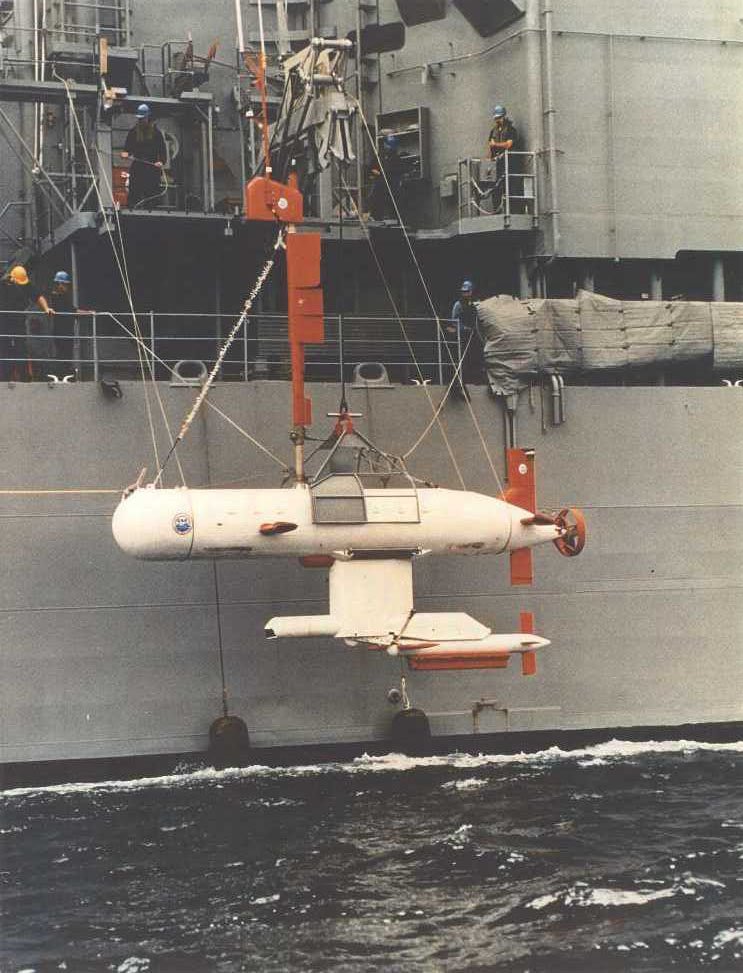 |
DOLPHIN with AURORA towfish is an actively stabilized towed vehicle that was developed primarily to carry mine countermeasure sonars. The purpose of using an active tow fish is to reduce scope, enhance line following, and shorten turns. This image is the Dolphin MKII deployed from the USS Cushing (DD985 Spruance Clas) in 1990 during the first Gulf War. |
|||||||
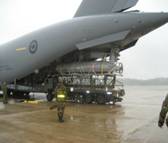 |
DORADO is a semi-submersible which is used by the Canadian Forces for Mine Countermeasures. Loaded onboard a C177 for cross country transport to take part in Frontier Shields '08. Dorado successfully conducted an Expeditionary Warfare Mission. The Dorado has operated in Sea State 6. |
|||||||
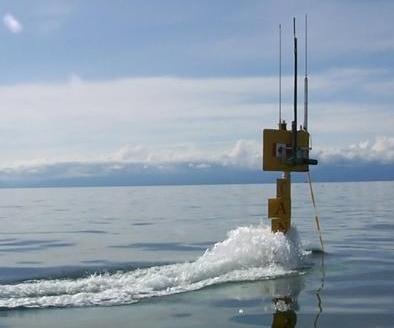 |
DORADO is capable of towing an active sonar towfish at speeds up to 10 knots at depths up to 300 meters. Developed to follow the seabed at low altitudes the towfish is fitted with a multibeam, side scan sonar and/or profiling scans. | |||||||
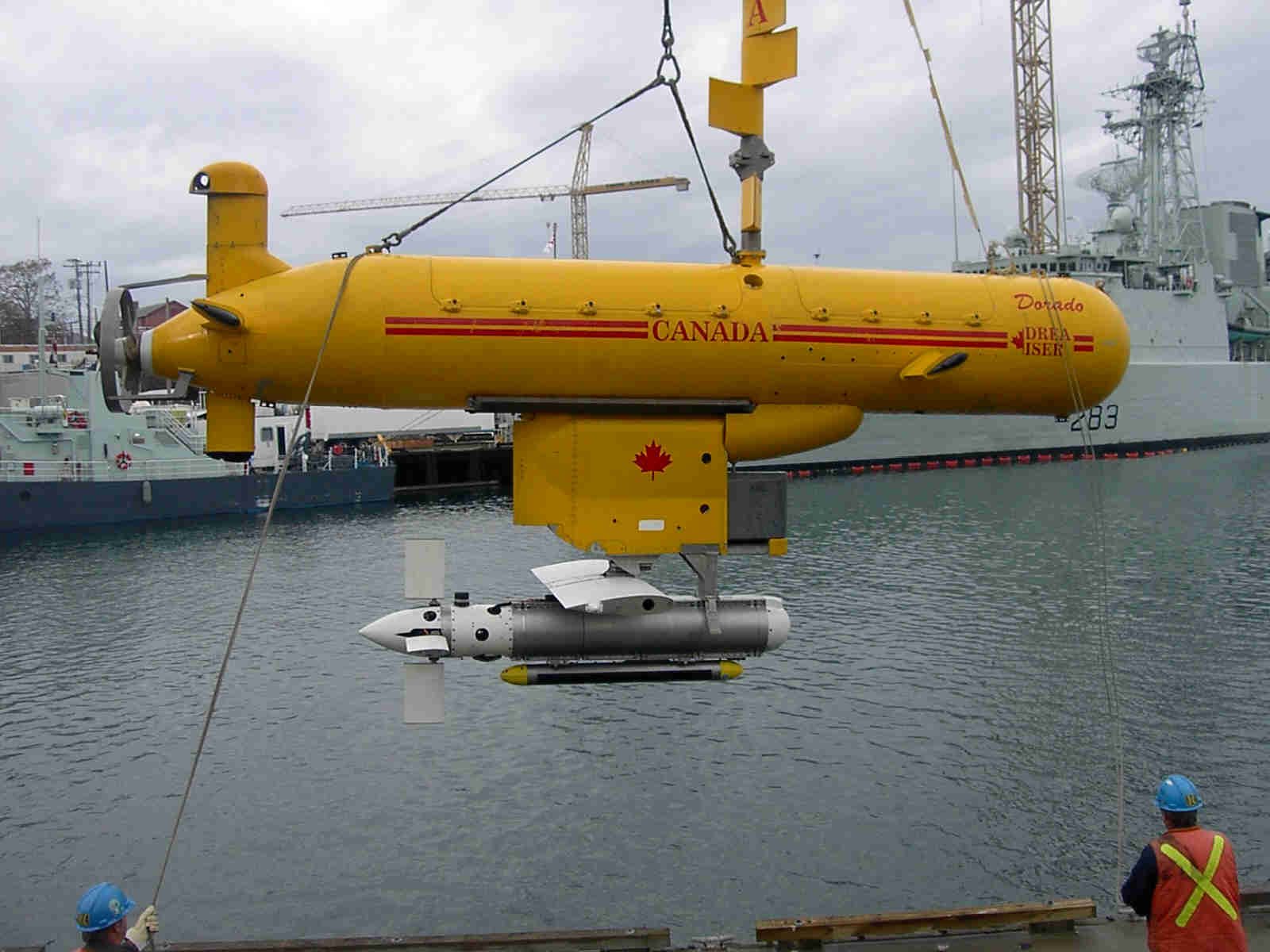 |
DORADO ‘Seakeeper’ in France is a diesel powered autonomous semi-submersible vehicle designed for use in MCM, ASW, EW and bottom profiling. |
|||||||
 |
AURORA TOWFISH is a towed underwater vehicle capable of carrying imaging sonars and other marine sensors. Unlike many towed vehicles, it is designed specifically to operate at high speeds (18 to 30 kph). It was developed and tested between 1997 and 1999. The intellectual property associated with the towfish is owned completely by ISE. Read more about Aurora Towfish here - Aurora |
|||||||
HYBRIDS |
||||||||
PRMS (Pressurized Rescue Modular System) is a submarine rescue vehicle built for the US Navy. OceanWorks Ltd was the program manager, and provided the handling and lock out chamber. ISE provided the propulsion, control, consoles, and control van. |
||||||||
SAILARS was tested at the Institute of Marine Dynamics in St John's, Newfoundland
SAILARS towing tank trials, St John's, Newfoundland |
There are significant numbers of naval missions in which integrated classes of vehicles supplied by ISE can provide mission accomplishment. ** A short list of some of these missions is as follows:
|
|||||||
MANNED SUBMERSIBLES |
||||||||
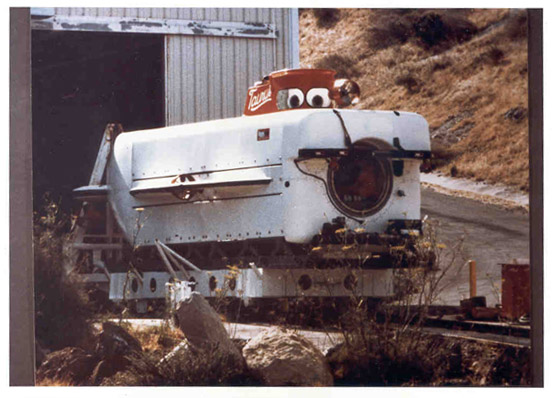 |
TAURUS is a large payload lockout submersible. |
|||||||
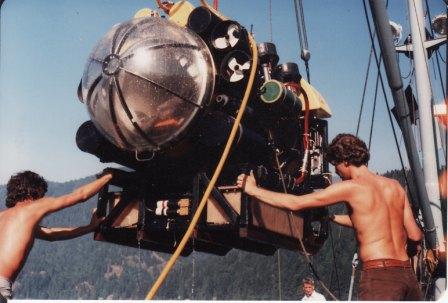 |
WRANGLER is a Canadian Forces manned or remotely controlled underwater vehicle. |
|||||||
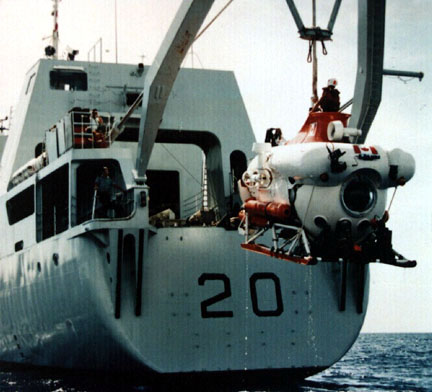 |
SDL-1 - ISE won competitive contracts to refit the submersible in 1983, 1987, 1991, and 1995. The SDL-1 is a 13,000kg manned submersible rated for operations to 700 meters. It has space for up to 6 people. The vehicle is operated by the Fleet Diving Unit (Atlantic), an Agency of the Department of National Defence. The vehicle is used for salvage operations and to support scientific research on the Atlantic Coast. SDL has diver lockout capability. |
|||||||
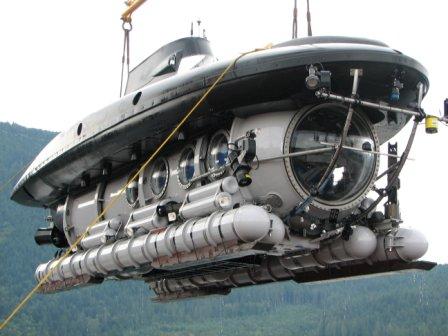 |
This is an 8 passenger, 1000 foot diving submersible. |
|||||||
UNMANNED SURFACE VEHICLES |
||||||||
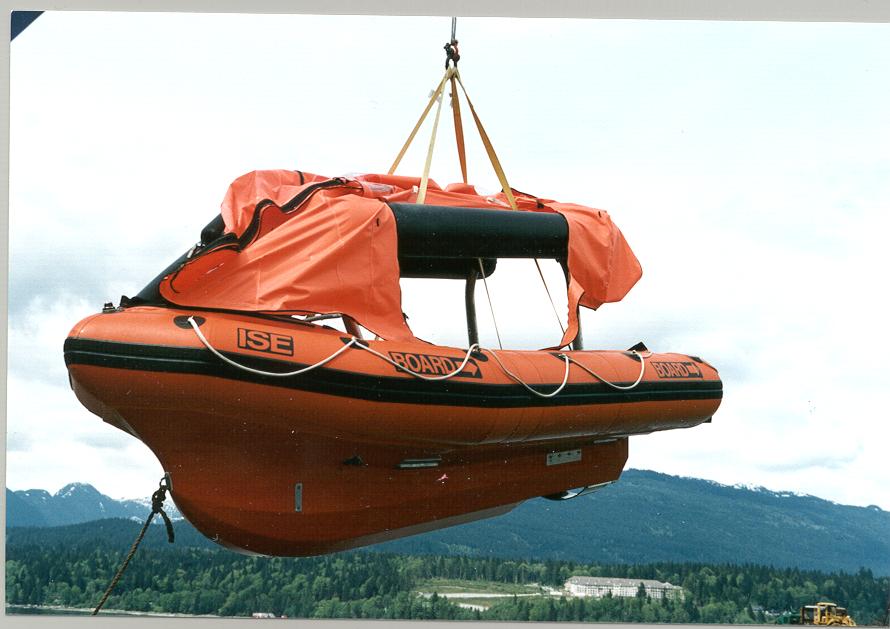 |
SARPAL (Search and Rescue Portable Air Launchable) is a remotely operated, air-droppable, diesel-powered marine vehicle (MV) developed by ISE to provide an effective means to recover victims in marine crisis. The main tube is inflated on deployment from the aircraft, and the weatherhead erects upon landing in the water. TV cameras are fitted fore, aft, and inside the boat. The forward camera is used during the approach to the person in the water; the aft camera can be used to monitor entry; the camera inside is used to monitor the person recovered. |
|||||||
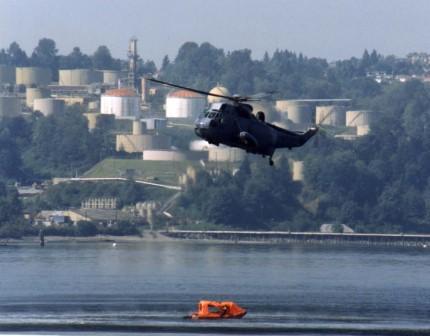 |
||||||||
SEAL is a diesel powered marine air droppable rescue vehicle with way point processing. Inflated it measures 6 ft (h) x 13.75 ft (beam) and deflated it stows in a 30 inch diameter Cod Pod. It was the progenitor to SARPAL. Both SEAL and SARPAL are remotely controlled from an aircraft or satellite. Applications include covert insertion, and extraction work has been done with infrared, video, and acoustics. |
||||||||
|
Please contact us for more information at International Submarine Engineering Ltd.
|
|||||||
| © 2015 International Submarine Engineering Limited All Rights Reserved. |